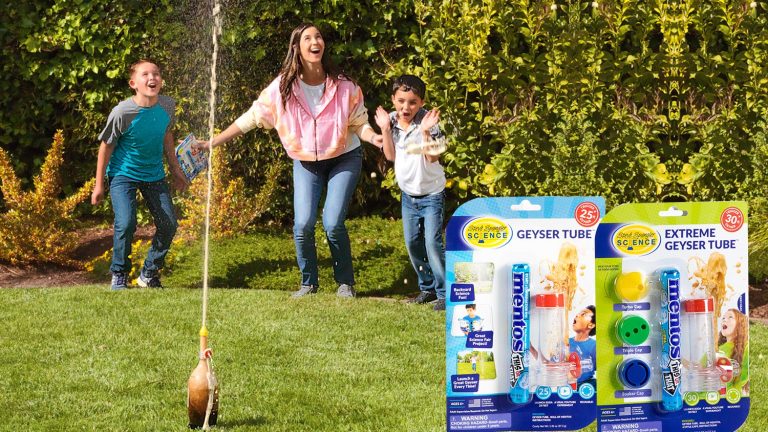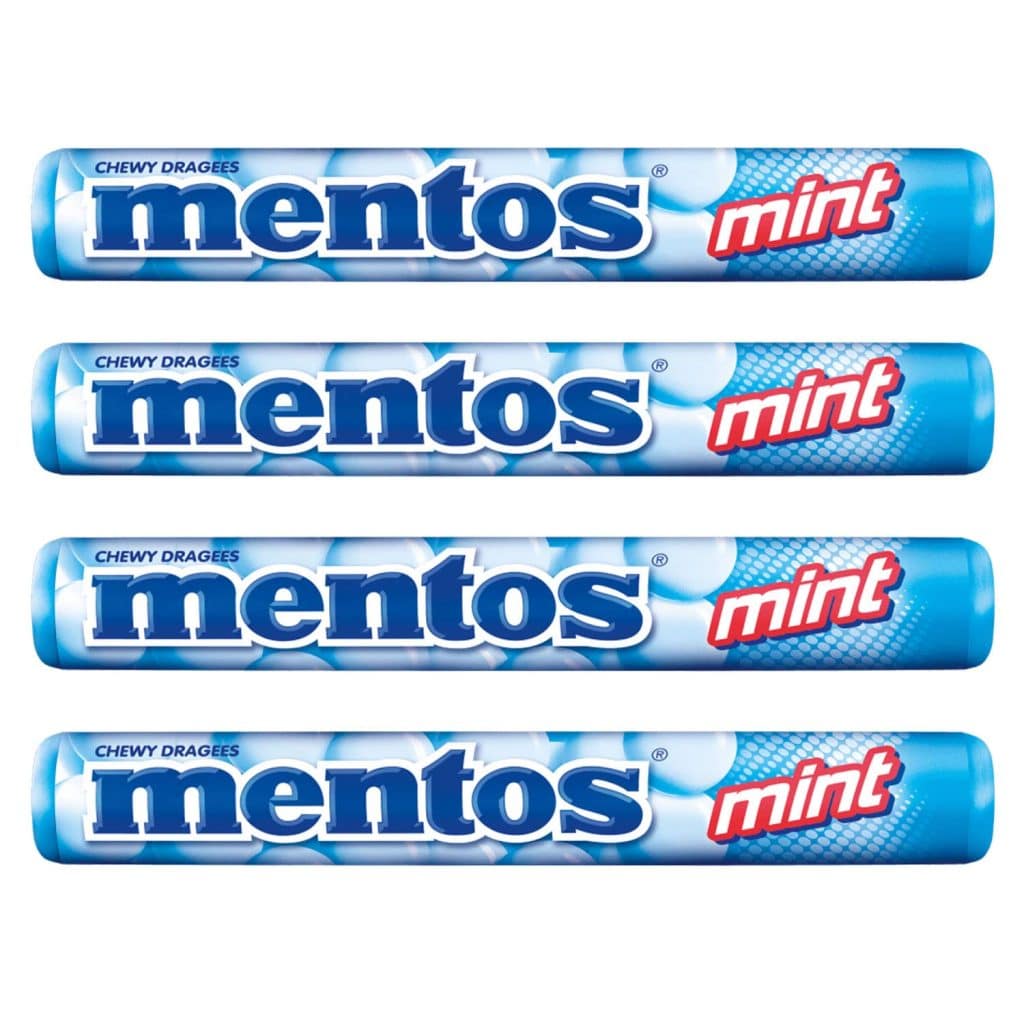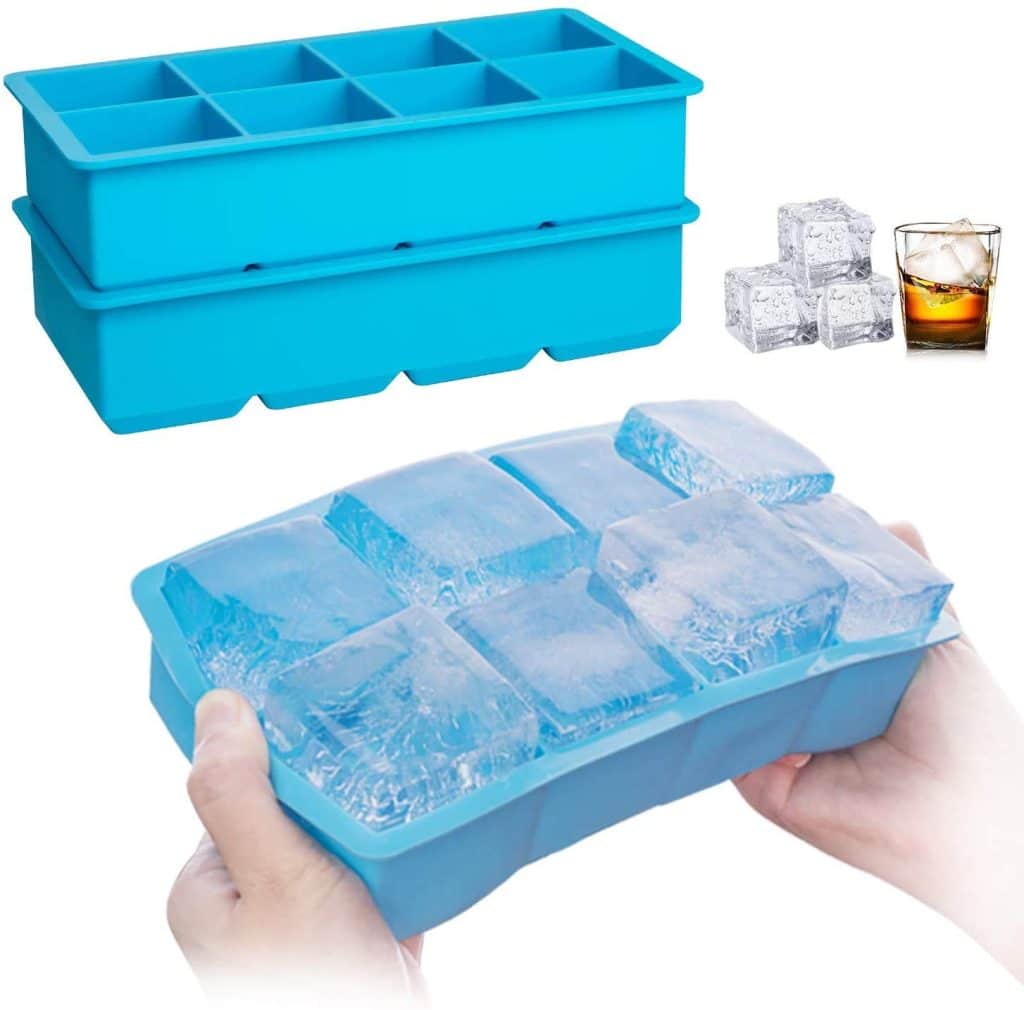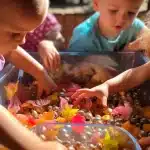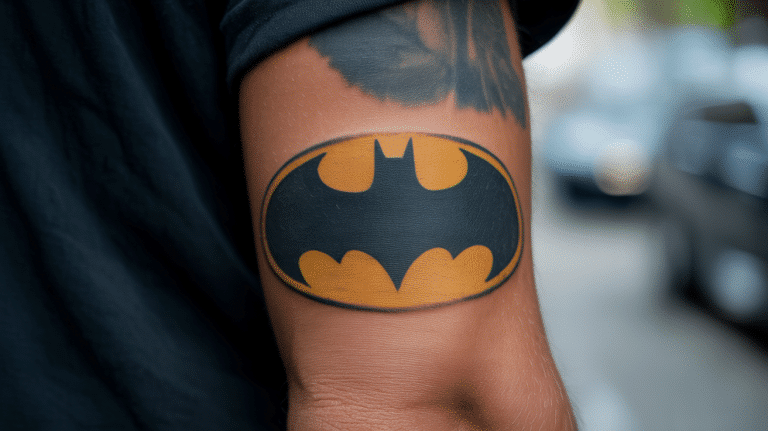Have you ever heard about Coke and Mentos Experiment? Well, a well-known and entertaining illustration of the physical interaction between Mentos sweets and carbonated cola is the Coke and Mentos experiment. This reaction, when it occurs, results in the quick release of carbon dioxide gas and the dramatic eruption of prodigy soda.
Mentors are simply dropped into a bottle of Diet Coke, and then the experimenter is instructed to run away. When you complete this experiment, a flood of soda will emerge that will be 20 feet long. A bottle of Diet Coke and a roll of Mentos Candies are the two materials that serve as the foundation of the entire scenario.
Coke and Mentos work together in a unique way to produce a stunning fizzing chemical reaction that sends soda blasting into the air like a geyser.
What Materials Do You Need?
Spend some time with the kids discussing the ideas of gas, carbon dioxide, and chemical reactions before you begin the experiment. When the mentors are poured into the Diet Coke, ask the kids to anticipate what will happen. This will pique their interest and prepare them for the next thrill. A joyful and bubbly explosion is produced by the sudden release of carbon dioxide gas, which is an excellent approach to interest young minds in science and exploration.
The Diet Coke and Mentos experiment is interactive and informative for kids using these tools and instructions. It piques Their curiosity in science, fosters critical thinking, and imprints in their minds the exhilaration of a thrilling effervescent adventure.
You will need the following supplies in order to carry out this experiment safely and effectively.
1. Diet Coke
Choose a bottle of Diet Coke or another fizzy drink. Due to its low sugar level, Diet Coke is frequently used; however, any carbonated beverage would serve for the experiment. For better control of the reaction and less waste, choose the smaller bottles.
2. Mint Flavored Mentos Candies
Mentos with mint flavor are the greatest option for the experiment because of their rough, porous surface, Which encourages the growth of bubbles. Depending on the children’s cages and the desired level of reaction, the number of mentors used can be changed.
3. Small Plastic Containers or Cups
Give each younger their own cup or container to drop the Mentos into the soda, preferably one made of little plastic. The cups will help confine the candies.
4. Ice Cube Trays
Holding the Mentos candies before dropping them into the drink can be made easier by using ice cube trays or cupcake liners. Although it is not quite required, this stage might improve the experiment’s organization and enthusiasm.
5. Outdoor Space or Sizable Containers
To prevent a mess indoors, it is advisable to execute the experiment outside. As an alternative, you may capture any possible overflow and reduce cleanup by using a sizable container, such as a plastic bin.
6. Aprons or Clothes
Encourage the kids to wear aprons or old clothing so that they will be able to protect themselves from any possible spills or splashes throughout the experiment.
Things to Take Care of When Performing This Experiment
Adult supervision is essential while undertaking the Diet Coke, and Mentos experiment with kids. Make sure the kids put the Mentos into the Coke from a safe distance, then step back and see what happens. Explain the science underlying the quick release of carbon dioxide bubbles and talk about what happened and why after the eruption. Prioritizing safety while ensuring fun and instructive experiments is crucial.
For a successful and secure experiment, be sure to take the following precautions:
1. Adult Supervision
Always have an adult in charge of supervising the experiment. Children can be led by adults, Who can also give directions and make sure that safety precautions are followed.
2. Outdoor Setting
Perform the experiment in a public space outside. The kids will have more room to see the response, and there Won’t be a mess inside the house.
3. Safety Gear
Wearing old clothes or an apron will help protect the children’s clothing from any potential spills or splashes during the experiment.
4. Eye Protection
Although the interaction between Coke and Mentos often isn’t harmful, it is essential to be careful. When older kids are involved, safety goggles or glasses may be appropriate.
5. Distance
After dropping the Mentos, make sure the children step away from the bottles. Starting too near might cause unintentional splashing because the response can be extremely ferocious.
6. Use Fewer Mentos in The Beginning
Smaller children, or those who are new to the experiment, begin with only one or two mentors in a mini coke. As a result, there will be a more regulated reaction and less risk of a chaotic explosion.
7. Controlled Experiment
Conduct distinct experiments and collect observations for each if you wish to compare several variables (such as various beverages or candy varieties). This aids in maintaining control and improving our comprehension and cause-and-effect interactions.
8. Safe Observations
Find a comfortable distance for the youngsters to watch the reaction from, so they may view it safely. They should be far enough you’ll be to avoid being splashed while still being close enough to watch the explosion.
9. Cleanup Strategy
Set aside time to prepare for clean up. Prepare a trash bag, tissues, and towels to clean up any spells or leftovers. This will simplify the clean-up process after the experiment.
10. Explain
After the experiment, use the chance to explain to the students the science underlying the response. Turn the enjoyable pastime into a worthwhile educational experience by talking about the role of nucleation and carbon dioxide release.
How Do Coke and Mentos React?
A well-known reaction between carbonated drinks and Mentos sweets is the Coke and Mentos reaction. An explosive and frothy reaction or eruption results from the quick release of carbon dioxide gas that takes place when these two chemicals come into contact. Both scientists and the general public have been fascinated by this response because of its spectacular nature.
Nucleation is a process that leads to a reaction. When are specific materials, for example, Mentos candies offer a lot of places for gas bubbles to develop, nucleation takes place. The carbon dioxide gas is dissolved in liquid within a sealed soda bottle, which adds to the beverage’s fizzing publicness. The gas, however, remains dissolved and does not escape in the absence of nucleation sites.
Due to their manufacturing technique, Mentos candies have a rough and porous surface and are covered in small areas of high surface area. Mentos absorb small bubbles of carbon dioxide gas when placed in a bottle of carbonated soda, coating their surface. A frothy eruption that may reach amazing heights is produced when the gas generates a large number of tiny bubbles that quickly develop and join.
The following elements affect the reaction intensity:
1. Surface Areas
As you add additional Mentos candies, more nucleation sites become accessible, increasing the strength and intensity of the process.
2. Candy Shape
The way the sweets are shaped can have an impact on how people react. For instance, compared to entire candies, crust mentos may offer More nucleation sites, leading to a quicker and more intense reaction.
3. Carbonation Level
Carbon dioxide levels in soda that are great will result in more gas bubbles and a more ferocious response. Soda bottles that have just been opened or shaken will have a bigger explosion.
4. Temperature
The temperature may have an impact on the response. Due to the fact that the gas is less soluble in heated liquids than it is in cold ones, warmer soda may trigger a more noticeable response.
Procedure for Coke and Mentos Experiment
Their interest in physics and chemistry will increase through this practical activity, which also offers a chance for observation and learning.
Here is a step-by-step guide to carrying out the activity in a safe and enjoyable manner:
1. Introduce the Safety Precautions
Gather the kids together and explain the exercise to them first. Describe the interesting experiment you will be carrying out to find out what happens when Mentos candies are thrown into a bottle of Diet Coke. Stressed the value of safety and obeying directions.
2. Predictions and Observations
Ask the children to anticipate what they believe will happen when the mentors are poured into the Diet Coke to keep their attention. List the theories they have. Before beginning the experiment, encourage them to pay particular attention to the soda and sweets.
3. Set-Up
Give each youngster a tiny plastic cup or container. To make it simpler for kids to handle, put a couple of Mentos candies in each part of any ice cube trays or cupcake liners you have.
4. Drop the Mentos
Children should be taught to properly put the Mentos candies into their cups or containers one at a time or all at once. They can drop the candy into their Diet Coke bottles if they are using little bottles.
5. Monitor the Reaction
Have the children step back from the bottles or cups after dropping the mentors to watch how they respond. The soda’s carbon dioxide gas will quickly escape, erupting as foam and bubbles.
6. Compare the Reaction
You may compare how different carbonated beverages or bottles of Diet Coke react when you have a variety on hand. They may see which causes the biggest explosion and discuss their results.
7. Cleanup
Helping youngsters clean up any spills or messes when the emotions have passed. Mentos wrappers and plastic cups should be disposed of carefully. Encourage the kids to recycle and respect the environment.
8. Discuss
Bring the youngsters together and talk about what they have noticed and learned. Ask them to describe what they witness and their theories about the causes of the reaction. Discuss the scientific principles underlying the quick release of carbon dioxide gas caused by nucleation.
Conclusion
All in all, the Coke and Mentos reaction is an exciting and fascinating science experiment that captures the interest of poor children and adults. Kids may learn fundamental chemical concepts with this hands-on activity while also developing their curiosity and critical thinking abilities. Children see the quick release of carbon dioxide gas from the nucleation sites on the Mentos candies through the fizzing and foamy eruption.
The experiment allows kids to predict consequences, examine results, and draw conclusions – all crucial abilities in the scientific method – while also demonstrating the strength of bodily reactions.
This little experiment has the power to spark a person’s interest in science for life and motivate the following generation of budding researchers.
Grab a bottle of Diet Coke and some Mentos candies, then join your young explorers on this exciting scientific adventure that will make learning about science a blast.
Frequently Asked Questions
Are Children Safe from The Coke and Mentos Reaction?
When carried out under adult supervision and with proper safety precautions, the Coke and Mentos reaction is typically safe for children. To prevent a mess indoors and to keep the kids safe throughout the reaction, make sure the experiment is conducted outside.
Can I Do the Experiment with Any Carbonated Beverage?
Yes, you may conduct the experiment with any carbonated beverage. Due to its reduced sugar level and greater response, Diet Coke is frequently utilized, but other drinks will also have an equivalent effect. For best results, just be sure to take the soda’s temperature and the amount of carbonation into account.
Can I Use Different Mentos Flavors?
Mentos are typically mint flavored, but you can try other flavors as well. Though the reaction could differ slightly based on the flavor of Mentos, after all, the eruption will still be the ultimate result overall.
Can I Do the Experiment in Different Ways?
Absolutely! You may experiment with other sodas and Mentos flavors, or you can even smash the mentors before dropping them. It might be entertaining to experiment with modifications To notice various reactions and talk about the science underlying them.
What May I Do with The Experiments and The Remaining Materials?
After the experiment, properly disposed of discarded items like Mentos wrappers and plastic cups. Kids should be encouraged to recycle wherever feasible.

